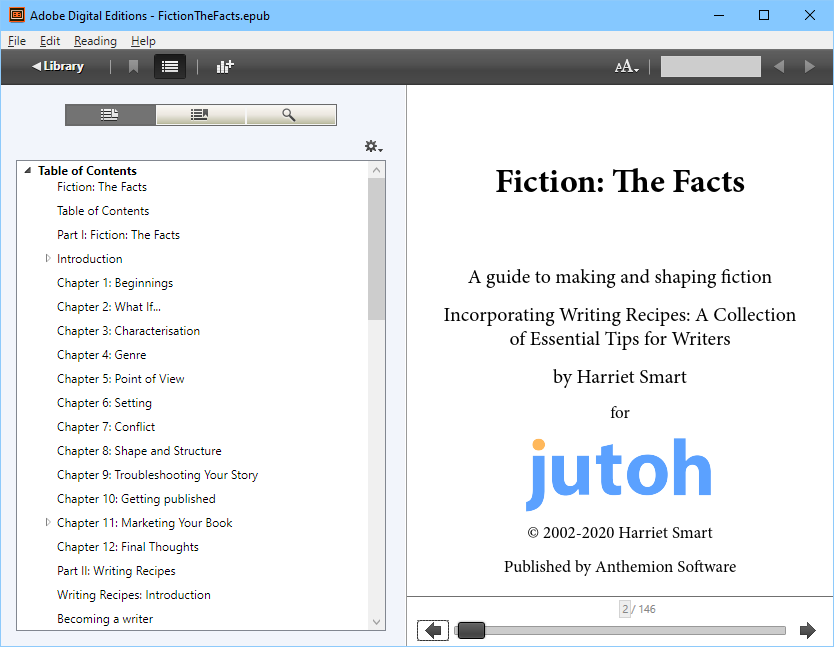

and stop.Īnd on top of it all, too much of the information is inaccurate, incomplete, takes awkward paths to get to a result or is just wrong something that worked for the writer but can't be replicated in a general sense, or because either ID or Kindle has changed.
Tables in jutoh how to#
The material out there tends to repeat the same worn basics about how to anchor illos and ensure you get a clean Kindle TOC.

Even Amazon's plugin stopped at 0.90 beta development some ten years ago.įurthermore, very little information about the process goes past flowing-text layout (novels, simple textbooks, a few inline illustrations). Most dates back to 2010 or so, with a few articles in the 2015 or so era. users who are perhaps savvy at publication for print/ID but new to Kindle-izing. Nearly all of it is for novices, newcomers, first-timers, etc. The vast amount of information on Kindle publishing for pros, and using InDesign, is not a great deal better, and the majority of it is greatly outdated. The vast amount of information on Kindle publishing is amateurish and incomplete: it's aimed at authors who need to get their Word file into Amazon's hands without much technical knowledge or skill. Recently, in redoing a complex book from print to K, I had many issues and problems, and in trying to find answers, I came up somewhere between annoyed, shocked and appalled at how scattered the information on this topic is. but I know I am still fumbling around in many ways. Designing publications for Kindle is becoming a larger and larger part of my workflow, and I now routinely do books for both print and Kindle as a matter of course.With 30 years of experience and using ID since at least CS2, I've worked out most of the process ot my own satisfaction and taste.


 0 kommentar(er)
0 kommentar(er)
